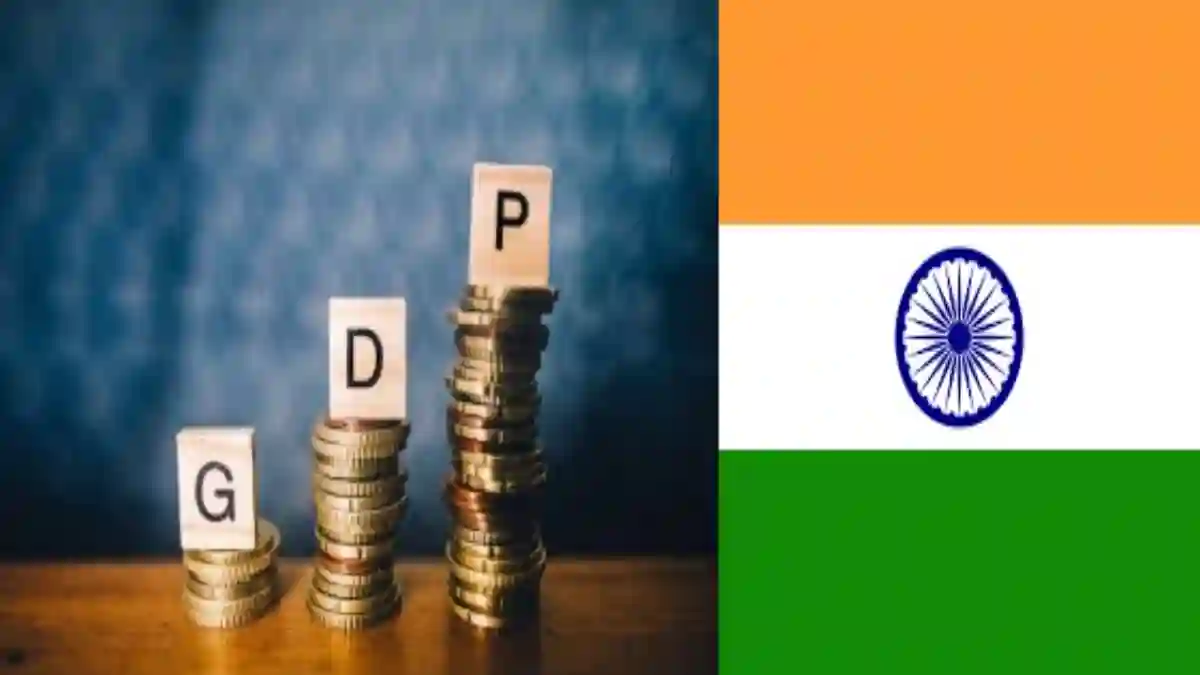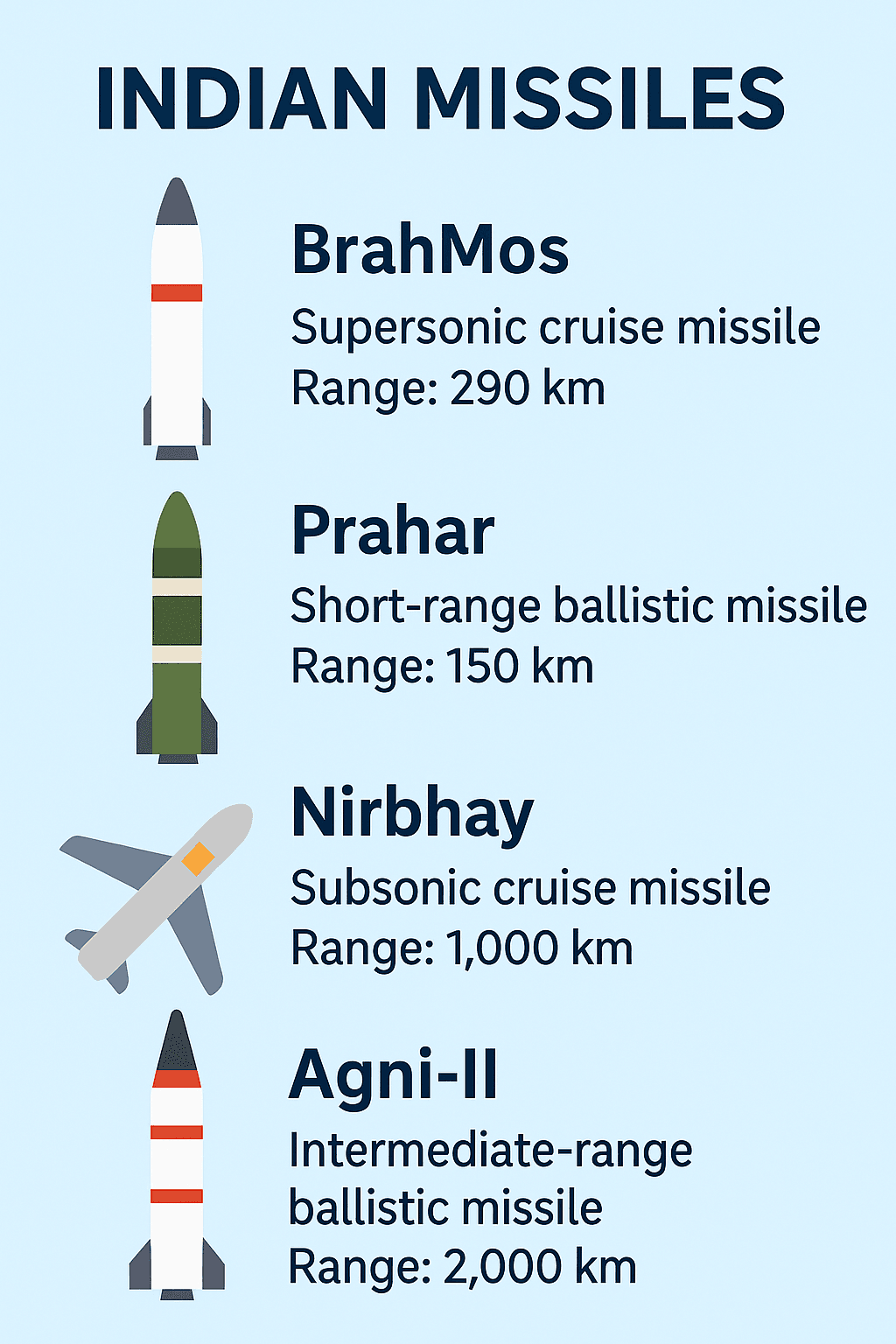
India’s economy has once again reaffirmed its position as the fastest growing major economy in the world, with India GDP growth touching 7.8% in Q1 of FY2025-26 (April–June). According to data released by the National Statistical Office (NSO), this marks the highest quarterly growth in the last five quarters, beating all earlier projections including that of the Reserve Bank of India (RBI).
The performance is remarkable not only because it exceeded RBI’s Q1 forecast of 6.5% but also because it came before the impact of new US tariffs on Indian exports. This achievement positions India well ahead of China, whose GDP rose by just 5.2% in the same quarter.
Agriculture and Services Drive India’s GDP Growth
One of the strongest contributors to India GDP growth this quarter was the agriculture sector, which posted a growth rate of 3.7%. This is a significant improvement from 1.5% in the same period of FY2024-25. Favorable monsoon conditions, higher crop output, and increased rural demand supported this growth.
Meanwhile, the services sector—including finance, real estate, trade, transport, and communication remained the backbone of the economy, driving overall Gross Value Added (GVA) growth to 7.6%. The robust performance in IT services and financial activities has kept India’s services sector resilient amid global uncertainties.
The manufacturing sector also showed stability, growing by 7.7%, slightly higher than the 7.6% growth recorded in the same period last year. While the improvement is modest, it indicates that the manufacturing base is holding steady, supported by domestic demand and government initiatives under ‘Make in India’ and the PLI (Production-Linked Incentive) scheme.
India Outpaces Global Growth Trends
Globally, most economies are struggling with inflation, weak demand, and trade tensions. Against this backdrop, the 7.8% India GDP growth signals resilience and strong domestic fundamentals.
- China, the closest peer, grew only by 5.2%.
- The US economy has slowed due to inflationary pressures and rising tariffs.
- The Eurozone continues to face stagnation in growth
India’s ability to outperform is rooted in its large domestic consumer market, digital economy expansion, and government led infrastructure push.
Challenges That Could Impact Growth
While the numbers are encouraging, sustaining this level of India GDP growth may not be easy. Several challenges loom large:
1. US Tariffs: The recent 50% tariffs imposed by the United States on Indian exports, especially in steel, textiles, and chemicals, may hurt manufacturing and export competitiveness in upcoming quarters.
2. Global Oil Prices: Rising crude oil prices can increase the import bill and put pressure on inflation.
3. Monsoon Variability: Although this year’s rainfall has been favorable, erratic weather patterns due to climate change remain a risk for agriculture.
4. Private Investment: While government spending has remained strong, private sector investments still need to scale up to sustain long term growth.
How India Can Achieve Higher GDP Growth
India’s 7.8% GDP growth in Q1 is a strong start, but there are multiple ways the country can push growth further:
Boosting Exports: India must diversify export markets to reduce dependency on the US and EU. Greater focus on ASEAN, Africa, and Middle East markets can offset tariff related losses.
Strengthening Manufacturing: Expanding the PLI schemes to more industries, improving logistics infrastructure, and reducing compliance burdens can make Indian manufacturing globally competitive.
Digital Transformation: The ongoing digital revolution, from UPI to ONDC, has the potential to enhance efficiency, empower small businesses, and attract foreign investments.
Green Growth: Investing in renewable energy, EVs, and climate-resilient agriculture can provide India with a sustainable growth model.
Human Capital Development: Skill building initiatives, especially in AI, robotics, and advanced manufacturing, will ensure India remains at the forefront of innovation and job creation.
Future Outlook
The RBI had projected India GDP growth for the full FY2025-26 at 6.5%, with Q1 at 6.5%, Q2 at 6.7%, Q3 at 6.6%, and Q4 at 6.3%. With the actual Q1 number coming in at 7.8%, there is a strong possibility of an upward revision in future estimates.
The government’s continued push for infrastructure development, coupled with rising consumption and digital penetration, provides a solid foundation. However, global uncertainties like tariffs, supply chain disruptions, and geopolitical conflicts remain potential headwinds.
Conclusion
India’s Q1 FY2025-26 GDP growth of 7.8% is a powerful statement of economic resilience. The agriculture sector’s rebound, stable manufacturing, and buoyant services have all contributed to this impressive performance. While challenges remain, especially from global trade disruptions and inflationary pressures, India’s large domestic market and structural reforms provide optimism.
With the right policy mix focused on exports, green growth, and digital transformation India GDP growth can not only remain the fastest among major economies but also cross new milestones in the years ahead.
Stay connected with The News Drill for more updates.
















